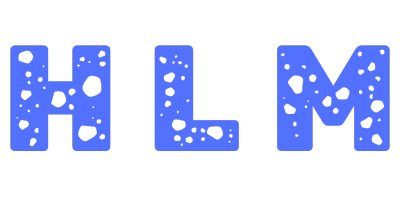Inside the Poincaré Homology Sphere: A Spherical 3-Manifold Tiled by 120 Dodecahedra
Meta Description ➜ A guided tour of the legendary Poincaré homology sphere—its 120-dodecahedron tiling of the 3-sphere, its role in the Poincaré conjecture, and why cosmologists still care.
4D Hypercube (Tesseract)
This is an interactive 3D projection of a 4-dimensional hypercube. A tesseract (Schläfli symbol {4,3,3}) has 16 vertices, 32 edges, 24 square faces, and 8 cubical cells.
The 8 cubical cells are visualized with distinct colors. Drag to rotate in 3D. Use the controls to perform hyper-rotations through the 4th dimension and see its structure unfold.
What Is the Poincaré Homology Sphere?
The Poincaré homology sphere (sometimes nicknamed the “Poincaré dodecahedral space”) is a closed, orientable, spherical 3-manifold with the remarkable property that its homology groups mimic those of the ordinary three-sphere S3, yet its fundamental group is non-trivial—specifically, the binary icosahedral group of order 120. Think of it as a twisted version of 3-space where every loop can be shrunk to a point in terms of homology, but not in terms of actual path-shrinkage.
Historical Context & the Poincaré Conjecture
In 1904, Henri Poincaré proposed what became one of mathematics’ most famous problems: “Is every simply-connected, closed 3-manifold homeomorphic to the 3-sphere?” He crafted this homology sphere as a counter-example candidate, highlighting the gap between homology and full simple connectivity. The conjecture stood unresolved until 2003, when Grigori Perelman—building on Ricci-flow techniques by Richard Hamilton—finally proved it, earning a Fields Medal (which he declined).
Geometry & the 120-Dodecahedron Tiling
- Spherical Structure (ℝ4): The manifold inherits a constant-positive curvature metric from the 3-sphere.
- Dodecahedral Cells: Its universal cover partitions S3 into 120 regular dodecahedra, each face identified to its opposite with a 3⁄10-turn rotation (36°).
- Binary Icosahedral Symmetry: The deck-transformation group acts transitively on these cells, mirroring the rotational symmetries of an icosahedron lifted to S3.
Topology Deep-Dive (for Knot-Theory Enthusiasts)
Formally, the manifold can be described via a +1 surgery on the (−3,5) torus knot or as a Seifert fiber space with invariants ⟨−1;(2,1),(3,1),(5,−4)⟩. Its:
- π1 ≅ ⟨x,y | x2=y3=(xy)5⟩ (binary icosahedral group, |π1| = 120)
- Hn(M) ≅ Hn(S3) for all n (hence “homology sphere”)
- Chern–Simons invariant = −1/120 (mod ℤ), making it a darling of quantum topology.
Cosmic Implications 🌌
In 2003, astrophysicists Luminet et al. suggested the universe itself might be a Poincaré dodecahedral space, potentially explaining the low-multipole anomalies in the cosmic microwave background. Although Planck-satellite data later dampened enthusiasm, the model remains a prime example of how 3-manifold topology can influence cosmology.
How to Visualize the Unseeable
- Fundamental Domain VR: Use 3-D software (e.g., SnapPy + Blender) to render one dodecahedron with opposite faces identified, then track a moving camera as it crosses faces.
- Stereographic Projection: Project the 3-sphere onto ℝ3; the dodecahedra morph into distorted yet contiguous polyhedra filling all space.
- Turn Off Gravity — Game Engines: Unity/Unreal scripts can tile a hyperspherical panorama into explorable 360° environments.
Pro-Tip: Seeing repeating dodecahedra ahead of you in VR while hearing your own footsteps loop seamlessly is a visceral lesson in “finite yet un-bounded” spaces.
